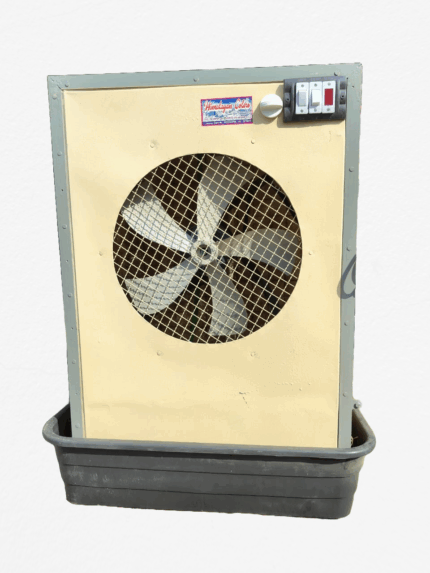TMT (Thermo-Mechanically Treated) bars are high-strength steel reinforcement bars crucial for modern construction. Here’s a breakdown of their key characteristics:
What they are:
- TMT bars have a tough outer core (martensite) and a soft inner core (ferrite-pearlite).
- This unique structure is achieved through a special manufacturing process called thermo-mechanical treatment.
The Manufacturing Process:
- Rolling: Steel billets are heated and passed through rolling mills to get the desired shape and size.
- Quenching: The hot bars are then rapidly cooled with water in a quenching box. This sudden cooling hardens the outer layer into martensite.
- Self-Tempering: The core remains hot, and the heat flows outwards, tempering the outer martensite layer. An intermediate layer of martensite and bainite forms.
- Atmospheric Cooling: The bars are then cooled in the air, allowing the inner core to transform into a ductile ferrite-pearlite structure.
Key Properties and Advantages:
- High Strength: The hardened outer layer provides excellent tensile strength and yield strength, allowing structures to bear heavy loads.
- Ductility: The soft inner core gives the bars good flexibility (bendability) and elongation, which is essential for seismic resistance. They can absorb energy during earthquakes without fracturing.
- Weldability: Due to their low carbon content (compared to conventional bars), TMT bars can be welded more easily without preheating, making construction faster and safer.
- Corrosion Resistance: The absence of torsional stress during manufacturing (unlike cold-twisted bars) minimizes surface defects, making TMT bars less prone to rust and corrosion, increasing the structure’s longevity, especially in humid or coastal areas.
- Fire Resistance: TMT bars can withstand high temperatures (up to 600°C) without significant loss of strength, enhancing the fire safety of buildings.
- Better Bonding with Concrete: The ribbed patterns on the surface of TMT bars ensure a stronger bond with concrete, improving the overall structural integrity.
- Cost-Effective: Their high strength allows for the use of less steel compared to ordinary bars, leading to material and transportation cost savings. They also reduce construction and fabrication time.
Grades of TMT Bars:
TMT bars are available in various grades, denoted by numbers that indicate their minimum yield strength in megapascals (MPa). Common grades in India include:
- Fe 415: Economical and flexible, suitable for small-scale residential construction and areas prone to earthquakes.
- Fe 500: A versatile grade used in a wide range of construction, including residential, commercial buildings, bridges, and underground structures. Often preferred in coastal regions due to good corrosion resistance.
- Fe 500D: A more ductile variant of Fe 500, offering better performance in earthquake-prone zones due to higher elongation.
- Fe 550: Offers higher strength and is used in larger structures like multi-story buildings and industrial structures.
- Fe 550D: Similar to Fe 550 but with enhanced ductility, making it suitable for tall buildings in seismic zones.
- Fe 600: The highest strength grade, used in heavy industrial constructions and projects requiring exceptional durability.
Applications:
TMT bars are used in a wide array of construction projects, including:
- Residential buildings
- Commercial complexes (malls, offices)
- High-rise buildings
- Bridges and flyovers
- Dams and water reservoirs
- Industrial structures (factories, plants, warehouses)
- Roads and highways
- Underground structures (tunnels, metros)
- Marine structures
In essence, TMT bars have become the standard reinforcement material in the construction industry due to their superior strength, ductility, weldability, corrosion resistance, and overall cost-effectiveness, contributing to the safety and longevity of modern structures.




Reviews
There are no reviews yet.